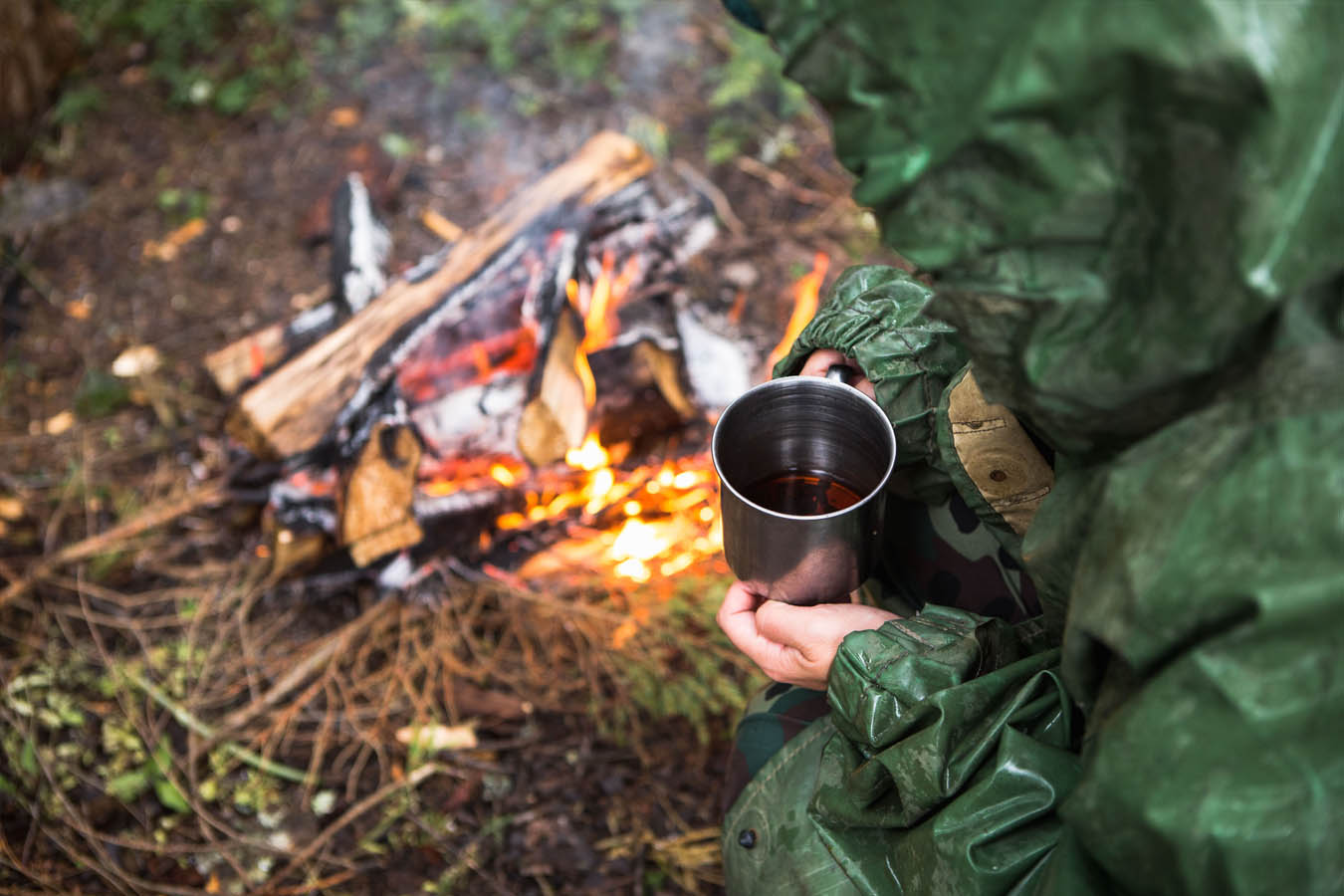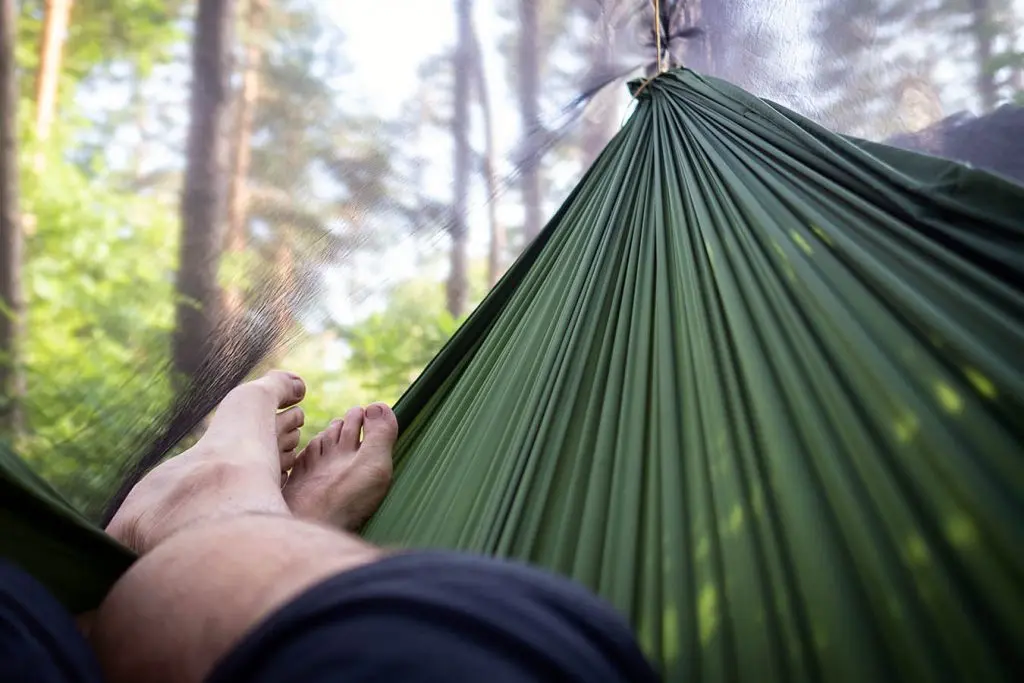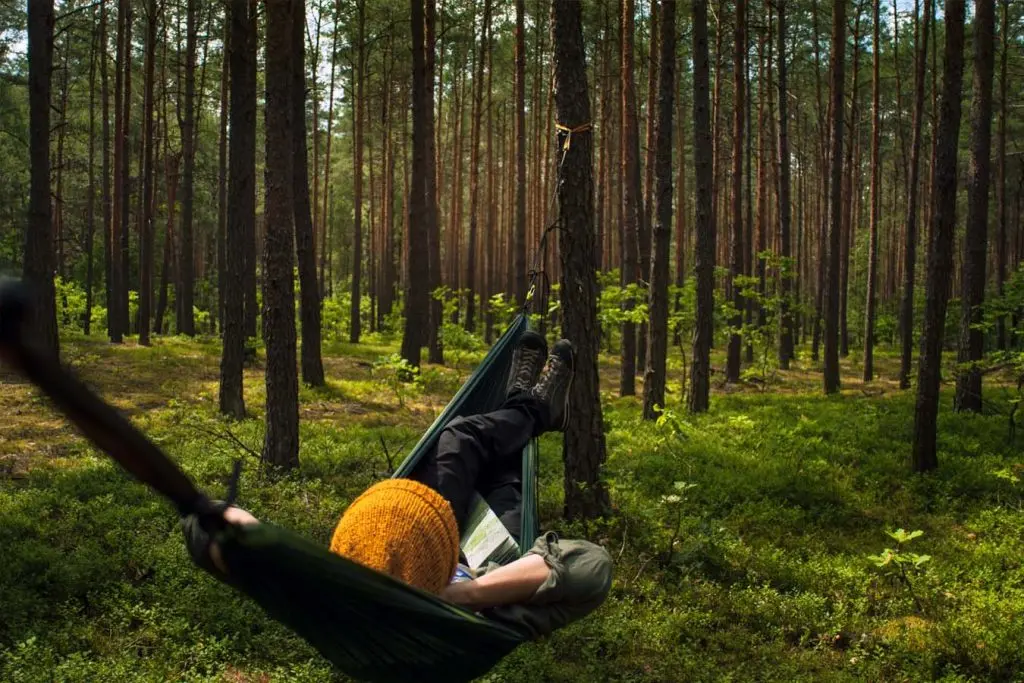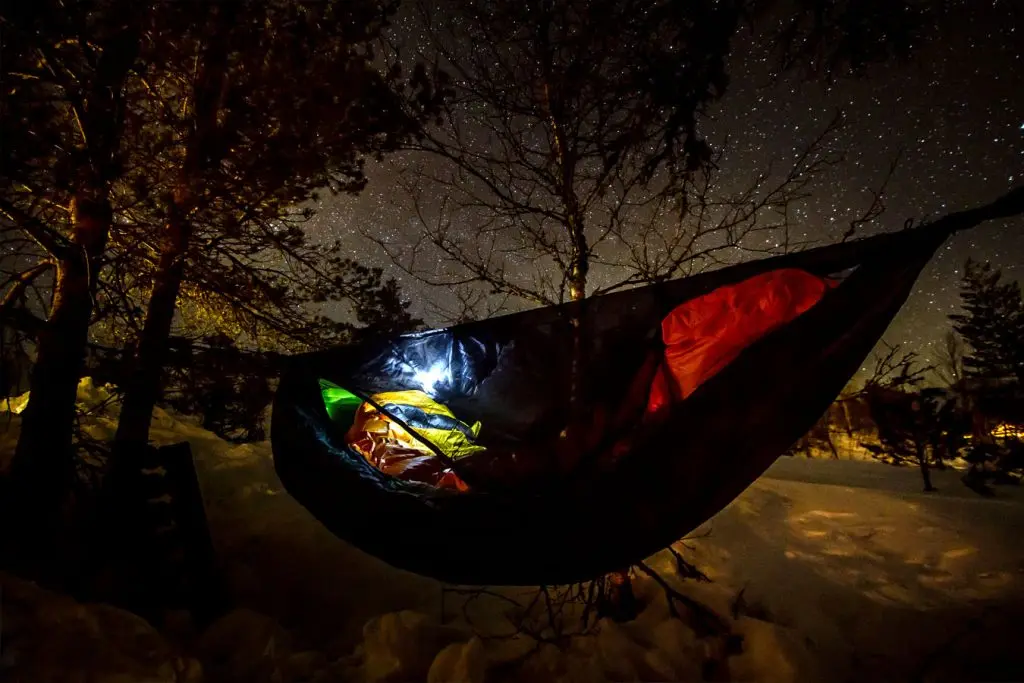Imagine it – you just arrived at your next camping destination in the woods when suddenly you hear clouds in the distance clap with a boom. You look up and a cold raindrop splashes your cheek. You think to yourself, “Uh oh, should I be hammock camping during a thunderstorm?”
In this article, we’ll discuss the do’s and don’ts of hammock camping during thunderstorms, particularly if you will be safe in them or if you should seek shelter elsewhere.
Read more below to find out what actionable steps you should take if ever you get caught in a thunderstorm while out hammock camping!
Can you get struck by lightning in a hammock?
It’s statistically unlikely that you would get directly struck by lightning while in a hammock. The concern with hammock camping, however, is what they call side flash or side splash.
Side flash occurs when the lightning jumps from the directly hit object to the victim near it. Oftentimes, this is a person seeking shelter under or nearby a tree. So does that mean you are unsafe if your hammock is swaying between two trees?
Not necessarily. You can still be safe in a hammock during thunderstorms, granted that you don’t have any conducive equipment that could potentially attract lightning to your hammock. If the tree that you’re attached to happens to get struck, it’s not certain whether the side flash would travel through your hammock straps or rope.
Lightning strikes are attracted to trees because they act as guiding paths from storm clouds down to the earth. A tree that’s higher than other trees around it or that’s standing alone out in an open field is more at risk of getting struck by lightning than trees that are relatively the same length, bundled together in a forest.
While side flash lightning is possible, it’s less probable than ground strikes, which are the most fatal lightning incidents reported. Ground strikes occur when lightning strikes an object (i.e. a tree) and the current travels down into the earth’s surface and reverberates outward, directly affecting whatever surrounds it.
In this instance, you might be safer suspended in your hammock rather than on the ground in a tent.
To further reduce the chances of getting struck by lightning in a hammock, make sure to analyze the area around you.
Check the immediate environment, tree height, and equipment you’re using for your suspension system. Move away from bodies of water. And remember, although metal doesn’t attract lightning, it does create a path for it to travel.
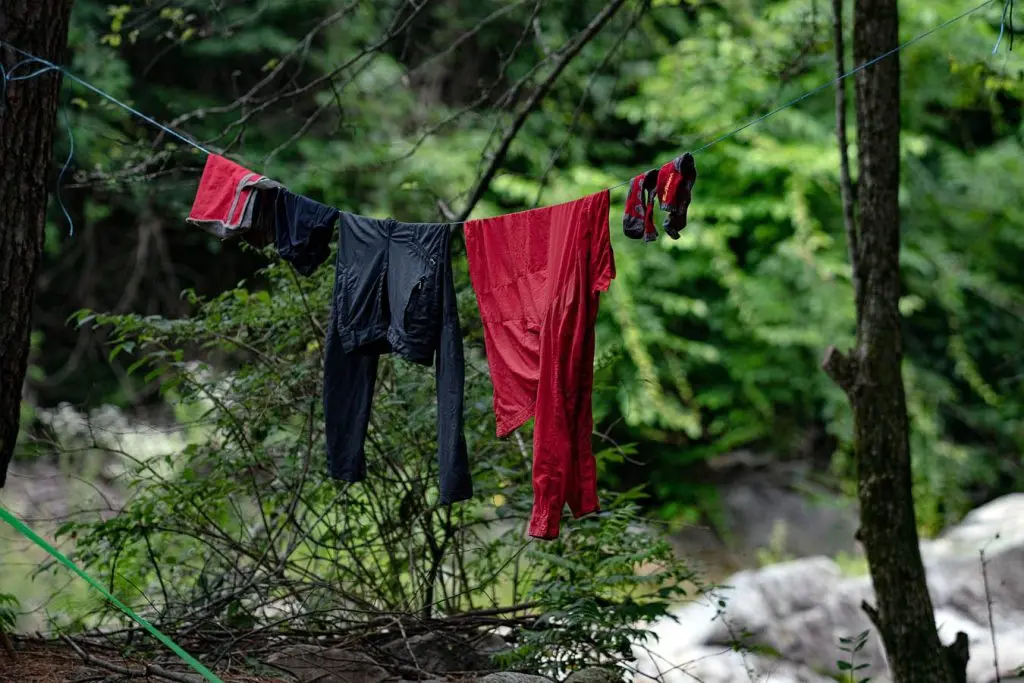
How safe are you in a hammock during thunderstorms?
If you check your hammock straps, chances are they are non-conductive. While that may settle your nerves a bit, it’s not going to prevent lightning from reaching its destination.
No matter how safe you think you are outside in your hammock, the National Oceanic and Atmospheric Administration (NOAA) firmly states that it’s impossible to be 100% safe outside with lightning.
While you’re not ever fully protected from lightning strikers during thunderstorms, there are some ways you can lower your chances of becoming a victim to a lightning strike.
What do you do if you get caught in one?
So what are you supposed to do when out wild camping and don’t have time to go indoors?
In the off-chance you’re caught in your hammock during a thunderstorm and can’t leave, it’s best to sit tight as long as your location optimizes your chance for safety.
The “safest” location for your hammock to be during thunderstorms is far away from any hills, cliffs, open areas, or water.
If you’re perched atop a hill with two tall trees, head down into the valley as quickly as you can. It will be safer to wait out the storm in your hammock inside a dense forest attached to shorter trees on lower ground.
At all costs, avoid hammock camping on or nearby lone or dead trees as this will increase your chances of getting struck by lightning.
What do you do if you get caught in one?
If it came down to choosing between a tent or hammock during a thunderstorm, which one would be the safest choice?
It all depends on where you are and the nature of the thunderstorm. However, the general consensus among avid campers is that it’s safer to stay in a hammock off the ground than in a tent during a thunderstorm (not to mention much drier). But why is this?
The problem with sheltering in a tent is that lying down on the ground exposes you to ground strikes. As you lie down, your body exposes more surface area for lightning to travel through. Tents also have trekking poles and metal equipment in the ground which can encourage lightning to travel to and through you.
Many tent campers have discussed crouching down into a semi-fetal position on your heels, so that ground lightning, if any, can travel from one foot out the other without traveling up your body. But this position seems unrealistic to maintain, especially for thunderstorms that last more than twenty minutes.
That doesn’t mean staying off the ground is necessarily safer, either. Hammocks are safer from ground strikes, but are more at risk for side flashes, falling branches and limbs, or even exploding trees (if you’re really unlucky).
The tent vs. hammock during thunderstorms question is a long and on-going debate between campers; one that’s constantly exploring the correct course of action for reacting to lightning while out in the wilderness.
Summary
Should you ever get caught hammock camping during a thunderstorm, the best you can do to keep safe is to analyze your situation and react accordingly.
If you’re not sure what to do, ask yourself safety questions like, “Is your hammock tied to attractive, towering trees? Are you on a ridge, near rocks, or a cliff shelf? Is your equipment (i.e. knives, cooking gear, etc.,) secured and away from you?” While some of these questions seem excessive, the difference could literally be life or death (or serious injury).
Overall, don’t stress yourself too much if you get caught in a thunderstorm while hammock camping. Always check weather forecasts before heading out on your next camping adventure. If a storm creeps up suddenly, do what you can to stay safe and ride it out if you’re not able to seek shelter indoors.
Related guides
How To Find The Best Hammock Rain Fly
Best Hammock Sleeping Pads For Summer And Winter
Finding The Best Hammock Mosquito & Bug Net
How To Hammock Camp As A Couple

